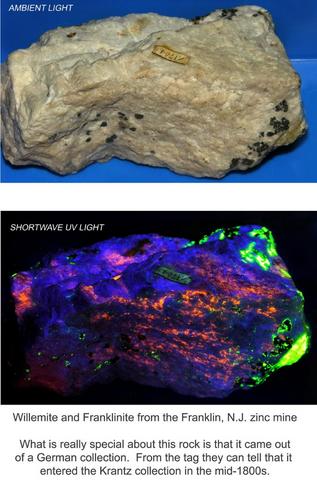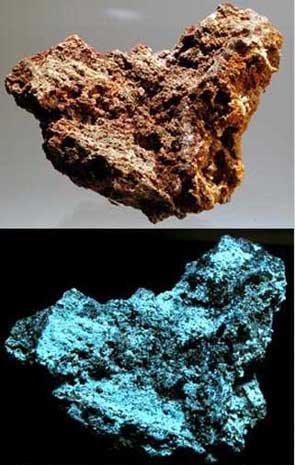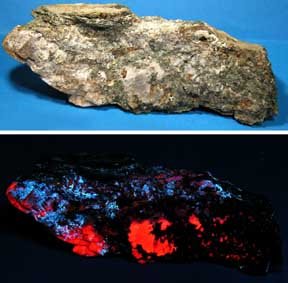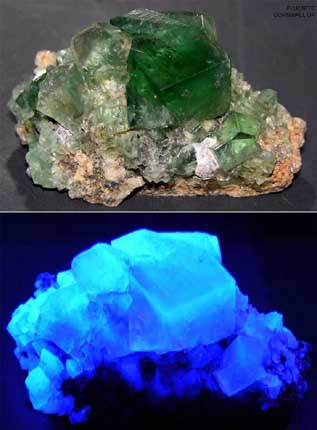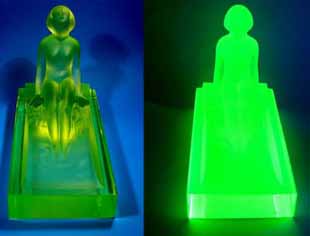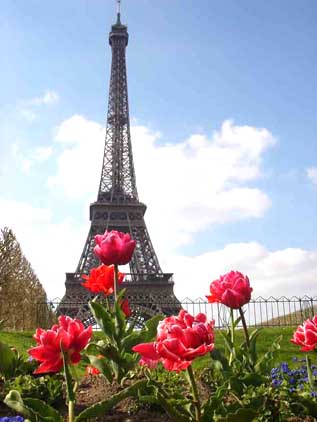Roman Melon Beads

Light blue fluted melon beads have been found all over the Roman Empire.
-
-
-
-
I have seen almost identical ones in Roman museums from Northern England to France and Southern Italy.
-
-
-
 -
-I have self collected fragments of melon beads in areas where Roman Legionnaires camped almost 2,000 years ago.

-
-
-
-
I have read suggestions that these melon beads were manufactured in the area that we currently call Turkey and then were traded all over the Empire.
-
-
-
-
The color is typically light blue to a blueish green. They had a surface glaze made of calcium copper silicate which was called caeruleum by the Romans. It is also often referred to as Egyptian Faience.
-
-

-
-
The blue glaze was made from 60–70% silica (SiO2), 7–15% calcium oxide (CaO), and 10–20% copper oxide (CuO). The beads were fired at approximately 850 to 900 degrees centigrade for
 about one hour in order to change or vitrify the glaze into a glass like material.
about one hour in order to change or vitrify the glaze into a glass like material.-
-
-
-
-
-
-
-
-
-
-
-




